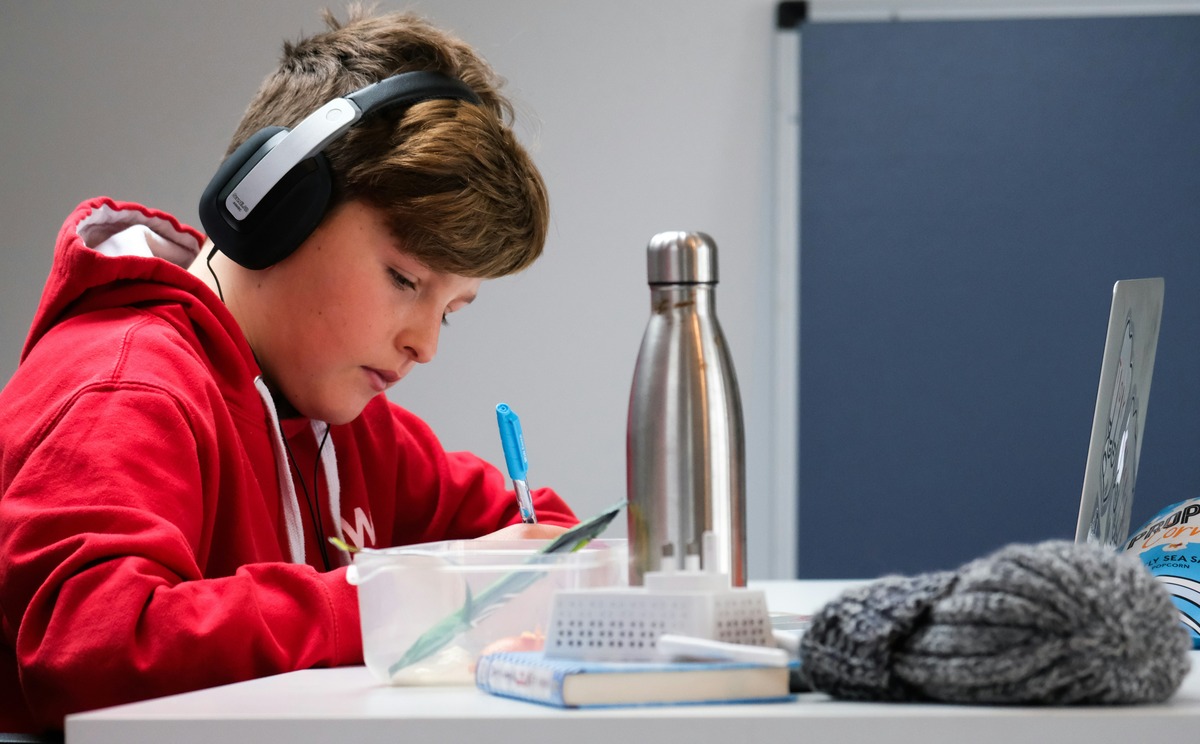Sensory processing is a neurological process where our central nervous system takes in sensory information from our body and environment. Throughout our day, our brain and body receive sensory information through touch, hearing, sight, taste, smell, body position, and movement and balance.
Our central nervous system evaluates and interprets this incoming sensory information to support areas such as safety, attention, behavioral and emotional responses, motor skills, and social participation.

“Sensory Integration is the neurological process that organizes sensation from one’s own body and from the environment and makes it possible to use the body effectively within the environment.”
Information is received through seven primary senses that work in combination to allow us to feel safe, have fun, to learn and to interact successfully within our environment.
The tactile system provides information about the shape, size, and texture of objects. This information helps us to understand our surroundings, manipulate objects, and use tools proficiently. When you put your hand in your pocket and select a quarter from an assortment of change, you are using tactile discrimination.
Proprioception, or information from the muscles and joints, contributes to the understanding of body position. This system also tells us how much force is needed for a particular task, such as picking up a heavy object, throwing a ball, or using a tool correctly.
Located in the inner ear, the vestibular system is the foundation for the development of balance reactions. It provides information about the position and movement of the head in relation to gravity and, therefore, about the speed and direction of movement. The vestibular system is also closely related to postural control. For example, when the brain receives a signal that the body is falling to the side, it, in turn, sends signals that activate muscle groups to maintain balance.
We use our auditory system to identify the quality and directionality of sound. Our auditory sense tells us to turn our heads and look when we hear cars approaching. It also helps us to understand speech.
Our visual system interprets what we see. It is critical to recognizing shapes, colors, letters, words, and numbers. It is also important in reading body language and other non-verbal cues during social interactions. Vision guides our movements, and we continually monitor our actions with our eyes in order to move safely and effectively.
The gustatory and olfactory systems are closely linked. They allow us to enjoy tastes and smells of foods and cause us to react negatively to unpleasant or dangerous sensations.
Considering all of the sensory modalities involved, it is truly amazing that one brain can organize all of the information flooding in simultaneously and respond to the demands of the environment. The complex nature of this interaction is illustrated in the following example:
In order to comply, he must:
Sensory Processing Disorder describes when an individual experiencing challenges with processing and organizing sensory information (i.e. sight, sound, touch, taste, smell, movement, and body awareness). In a neurotypical model, an individual will detect, modulate, interpret, and respond to sensory input without even thinking about it. Challenges occur when there are disruptions in this process. Sensory processing challenges can be experienced throughout the lifespan and can present differently from person to person. Some individuals can be easily bothered or overwhelmed by certain or multiple sensory stimuli (i.e. clothing preferences, food textures, specific sounds, etc.). Often seemingly benign stimuli are experienced as noxious, uncomfortable, and/or even painful by individuals with sensory processing challenges. This can result in strong emotional reactions, avoidance, and/or fight or flight response. Challenges with processing sensory information can also impact how a person organizes their motor skills. They may have challenges with balance, appear clumsy, and/or need extra time and effort to complete motor tasks. Collectively these challenges can impact how a person participates at home, school, and the community.
Since sensory processing challenges can manifest differently for every individual, an evaluation by an occupational therapist trained in sensory processing principles would be recommended. A combination of standardized testing, structured observations, parent report, teacher report, and/or self- report are utilized to fully evaluate the different areas of sensory processing and determine how they impact areas of functioning. Research suggests 5-16% of people present with sensory processing challenges.
Connect with a compassionate therapist who’s dedicated to fostering patient development in a welcoming environment.
Learn, grow, and advance your career as an OT or SLP – in one of the nation’s most trusted clinics.
© OTA The Koomar Center